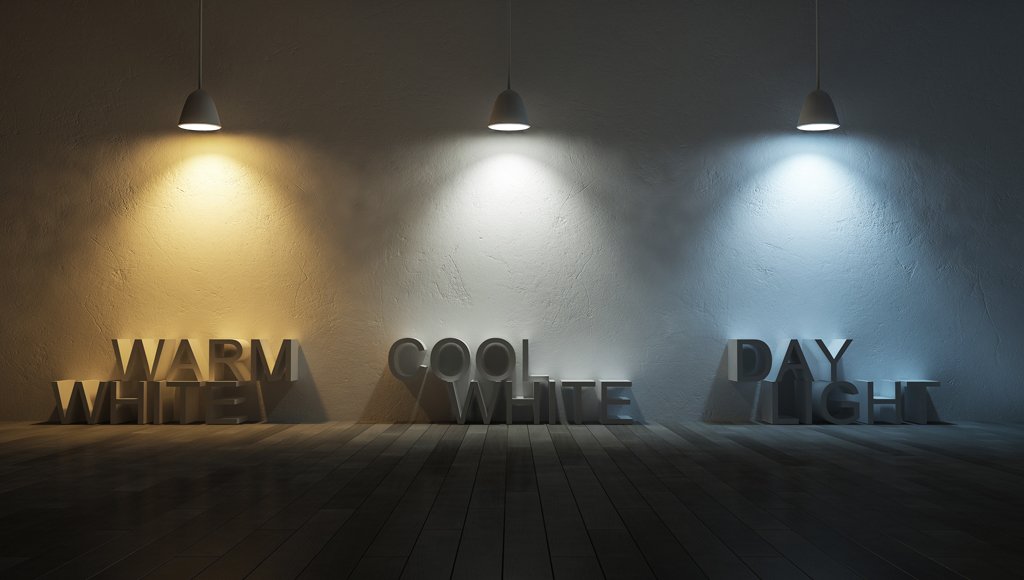Lighting Language
Navigating the world of lighting can be like learning a whole new language.
We’ve put together a brief glossary of common lighting terms to help.
ACCENT LIGHTING: Lighting that is used to accent or highlight a particular object such as a work of art. To be effective accent lighting should be approximately four or five times the level of ambient light in the room.
AMBIENT LIGHTING: General lighting that usually lights up an entire space.
ARM: A decorative shaped tube or casting that is used to support a socket that usually has socket wires running through it.
BACK PLATE: The part of a fixture that mounts to a wall or vertical surface.
CANOPY: The decorative plate that attaches to ceiling to cover the junction box.
DARK SKY: Denotes fixture or lamp may be compliant to one of many different codes originated by the International Dark Sky Association. The code generally applies to geographies in and around celestial observatories/telescopes and is meant to limit the amount of light pollution.
DIFFUSER: A shield or shade that softens light intensity and/or prevents the light bulbs from being directly exposed.
DIMMER: A device used for varying the brightness of lamps in a lighting installation. Dimming controls are ideal for almost any type of room because they can change the amount of lighting to suit each mood or activity.
DIMMABLE: Fixtures that allow the light level to be adjusted. Not all LED fixtures offer the possibility of dimming so it is an attractive feature, especially for interior applications.
EXTENSION: Refers to the depth of a wall mounted fixture or the measurement from the wall to the farthest point on the fixture away from the wall.
FLUSH OR SEMI-FLUSH MOUNT:
Sometimes referred to as ceiling mounted fixtures, these fixtures mount directly to the ceiling with a “pan” or canopy.
GLASS OR SHADE: A decorative opaque or translucent covering on light fixtures designed to shield the light source or redirect the light.
INCANDESCENT: Incandescent bulbs are the original form of electric lighting and have been in use for over 100 years. The incandescent light bulb or lamp is a source of electric light that works by incandescence, which is the emission of light caused by heating the filament.
IP RATING: An IP Rating (Ingress Protection) is a light fittings protection from particles and moisture. IP44 means a light is protected against splashes of water, where IP67 fittings are capable of being submerged in water for short periods of time. The higher the second number in an IP rating the better.
KELVIN:
The unit of measurement (K) for colour temperature or how warm or cool a light appears. 2700K-3000K is generally considered the most appealing glow, not too bright and not too dim.
LAMPS: Another term for bulbs; also known as lamping.
LED: LED stands for a Light Emitting Diode, which is the most popular solid-state alternative to a traditional or incandescent lighting source. Extremely efficient and long-lasting solid-state lighting. Estimated LED chip life = 40,000 hrs.
LIFESPAN: Refers to the length of time (usually in hours) a lamp will remain bright. LEDs slowly fade over time while incandescent lamps burn out, requiring immediate re-lamping.
LUMENS: The measure of the total “amount” of visible light emitted from a lamp or fixture.
PENDANT:
These fixtures can be used to provide both task and general lighting. Equipped with shades or globes to avoid glare, they are suspended from the ceiling over tables, kitchen counters or other work areas.
SCONCE / WALL LIGHT: An ornamental light fixture attached to a wall to provide additional layers of light in a room.
SOLID STATE LIGHTING: A type of lighting that uses semiconductor light-emitting diodes (LEDs), organic light-emitting diodes (OLED), or polymer light-emitting diodes (PLED) as sources of illumination rather than electrical filaments, plasma (fluorescent lamps), or gas (neon).
TASK LIGHTING: Lighting that is specifically installed to light an area where a task is performed.
WATTAGE: The amount of power the lamp or fixture consumes in normal operation.








